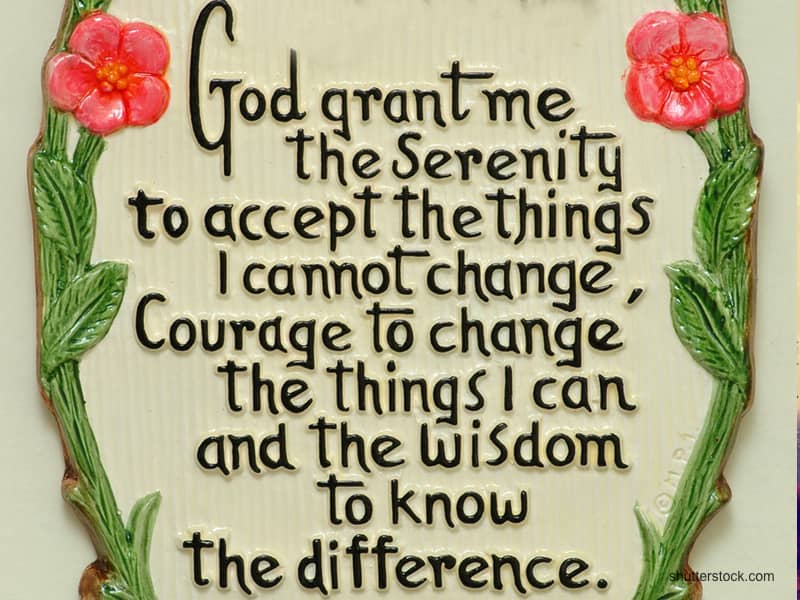The Center's huge sphere, which replaces the old Hayden Planetarium at the Museum of Natural History, looks, depending on your point of view, like a spaceship about to launch or, at night when it glows with a purple blue light, like a nuclear reactor about to go critical.
Museum officials say this sphere that dominates the space will become a new beloved icon for the museum, like the Tyrannosaurus rex or the blue whale that hangs from the ceiling in one of the museum's large halls.
But what has hardly been noticed in the countless articles that have praised the Center's architecture or discussed the new space show and exhibits is the religious language that permeates the project.
At a press briefing, Stewart Polshek, senior design partner of Polshek Partnership Architects and project architect of the new Center, noted that the building was almost the same height as the Cathedral of St. John the Divine. "What I originally conceived of as an iconic scientific tool," he said, "evolved over the development of its design into a cosmic cathedral." And the president of the American Museum of Natural History, Ellen Futter, described the Rose Center as embodying a journey that would shatter one's perspective. "The old Hayden," she said, "with its half sphere, limited visitors to an earth-bound view of the night sky. This full sphere places us in space. We aim to take our visitors on a journey that reveals the grandeur of the larger universe and humanity's place in it."
It is exactly this attempt to depict humanity's place in the universe that makes the Rose Center so awe-inspiring in a religious sense. The space show itself takes a mere 23 minutes, but during that short journey every visitor confronts the smallness of humanity's place in the known universe.
At one point, Tom Hanks, who narrates the space show, says, "Take a deep breath. No really, take a deep breath. Every atom of oxygen you breathe, the iron and calcium in your body--all of this was cooked in the hearts of stars. As Carl Sagan says, we are star stuff."
At the end of the show, you walk out onto a spiral walkway that circles the great sphere and is named "the cosmic pathway." The walkway represents 13 billion years of cosmic evolution, and each step you take represents 75 million years. At the end of the walkway is a single human hair, which shows the amount of time on the walkway represented by human history.
There is no question that the Rose Center succeeds in doing what all great cathedrals--in fact all great religious monuments--do: connect you to the greater whole so that you understand your relationship to the universe and your place in it.
Over the last two decades, a number of theologians have focused on rethinking the story of creation. Hundreds of books have been written about "creation-centered spirituality" or Creation Spirituality. One of the earliest was "Original Blessing" by theologian Matthew Fox. Fox asked what a Christian theology would look like if it focused on the original blessing of creation, as opposed to original sin.
Brian Swimme in his book "The Universe Is a Green Dragon" and Thomas Berry in a host of books say that we must find a new creation story in order to meet the ecological crises of our time. These authors argue that we have to move away from a human-centered notion of the universe to a view that places humans within the larger cosmos.
It's almost as if the planners of the Rose Center had been reading these theologians and listening to their new creation stories. Whatever the case, the new Rose Center is not only a monument to science education but an institution that seems comfortable with poetic--even spiritual--talk about the creation of the cosmos.

